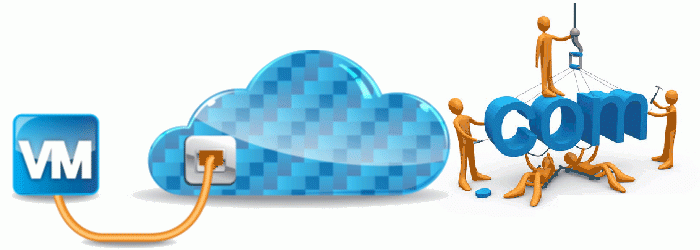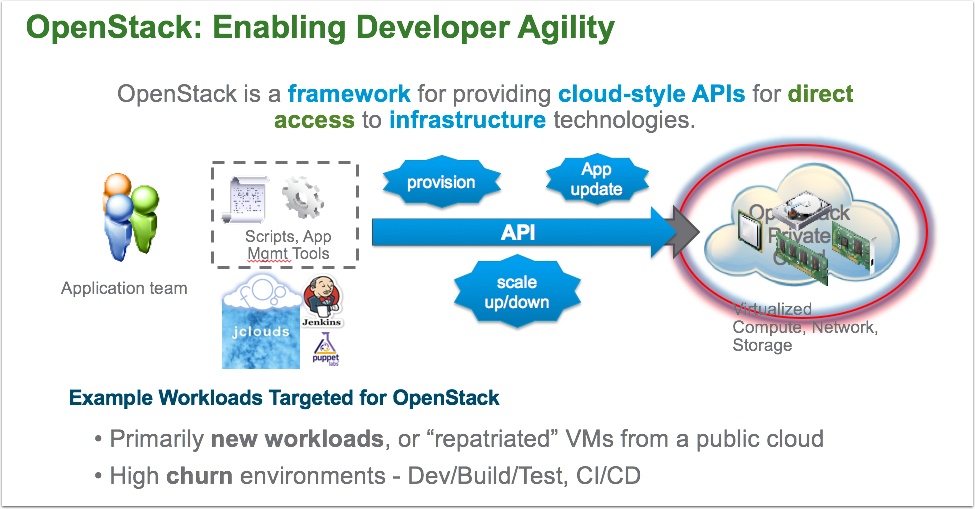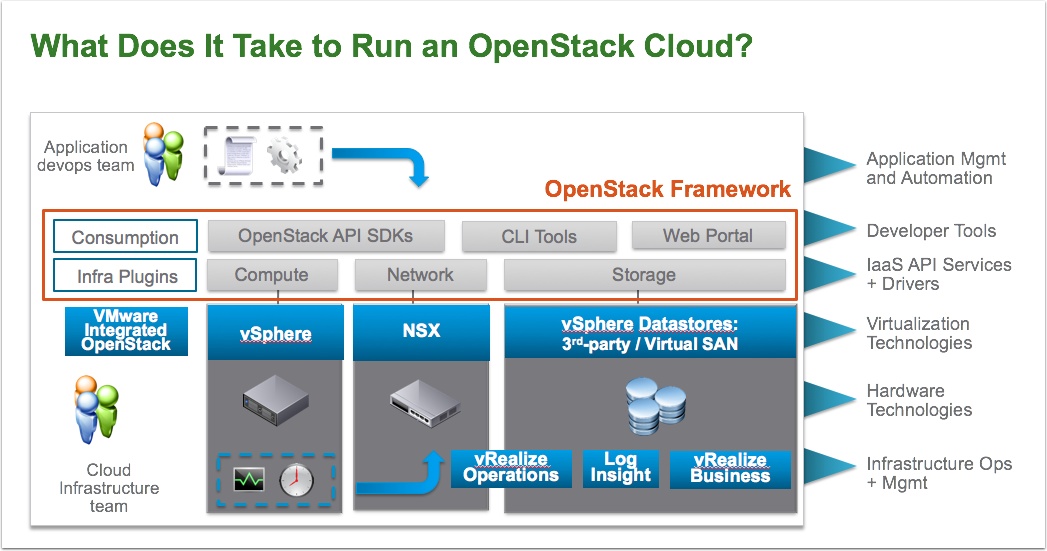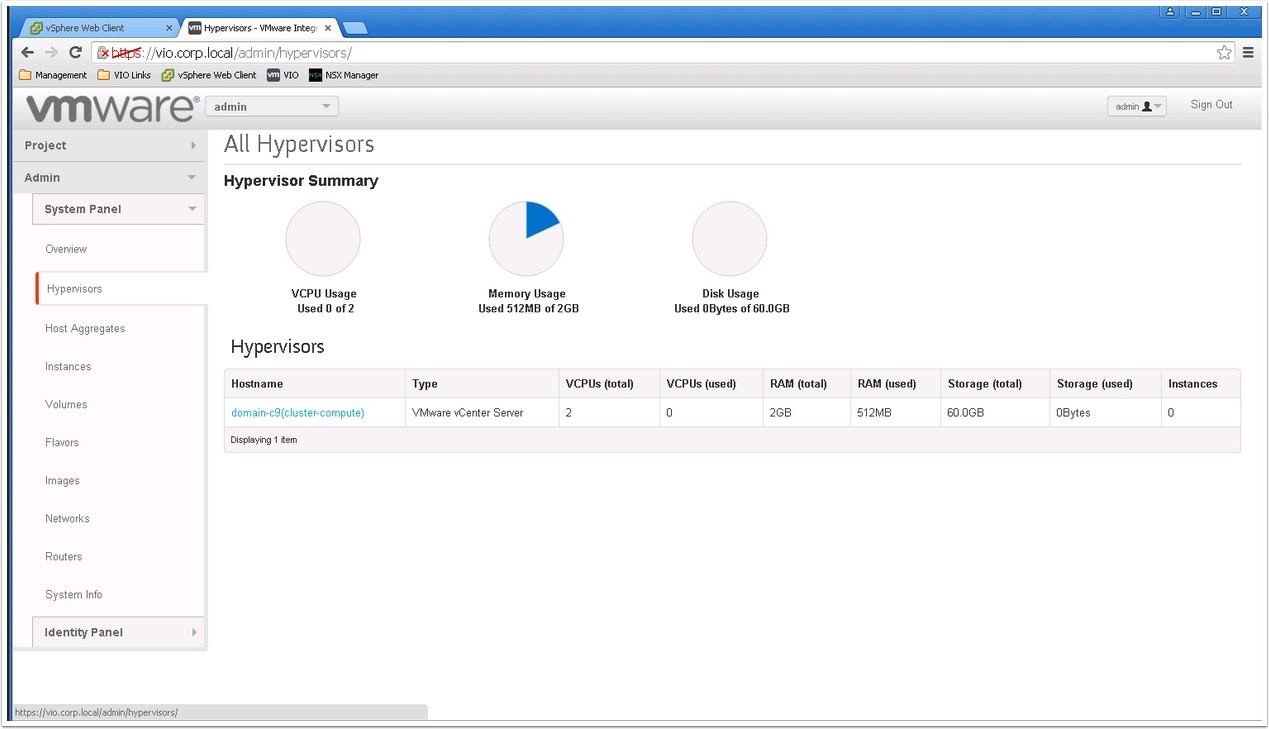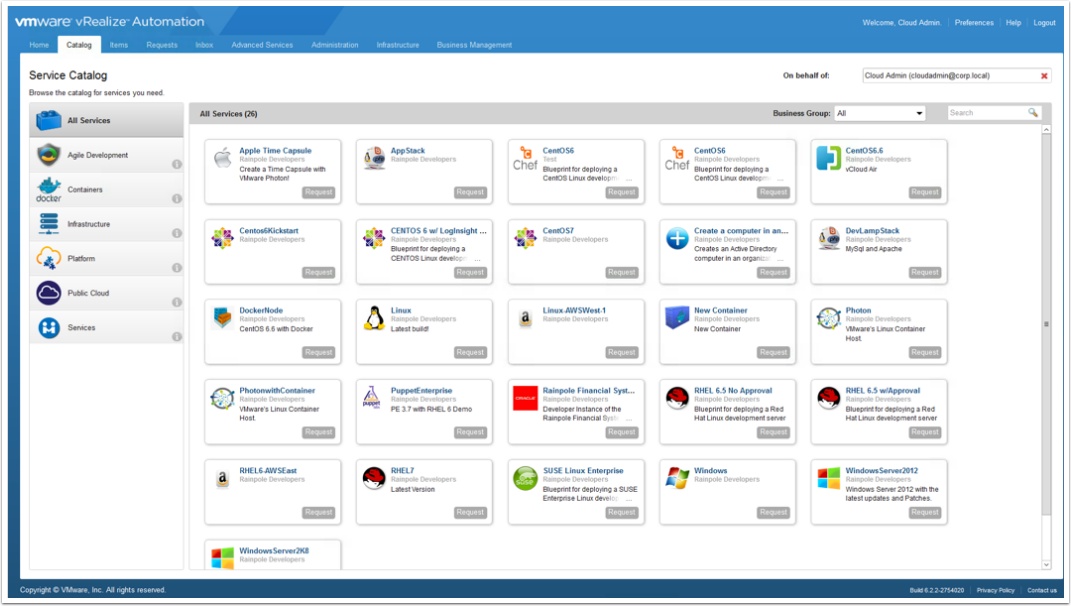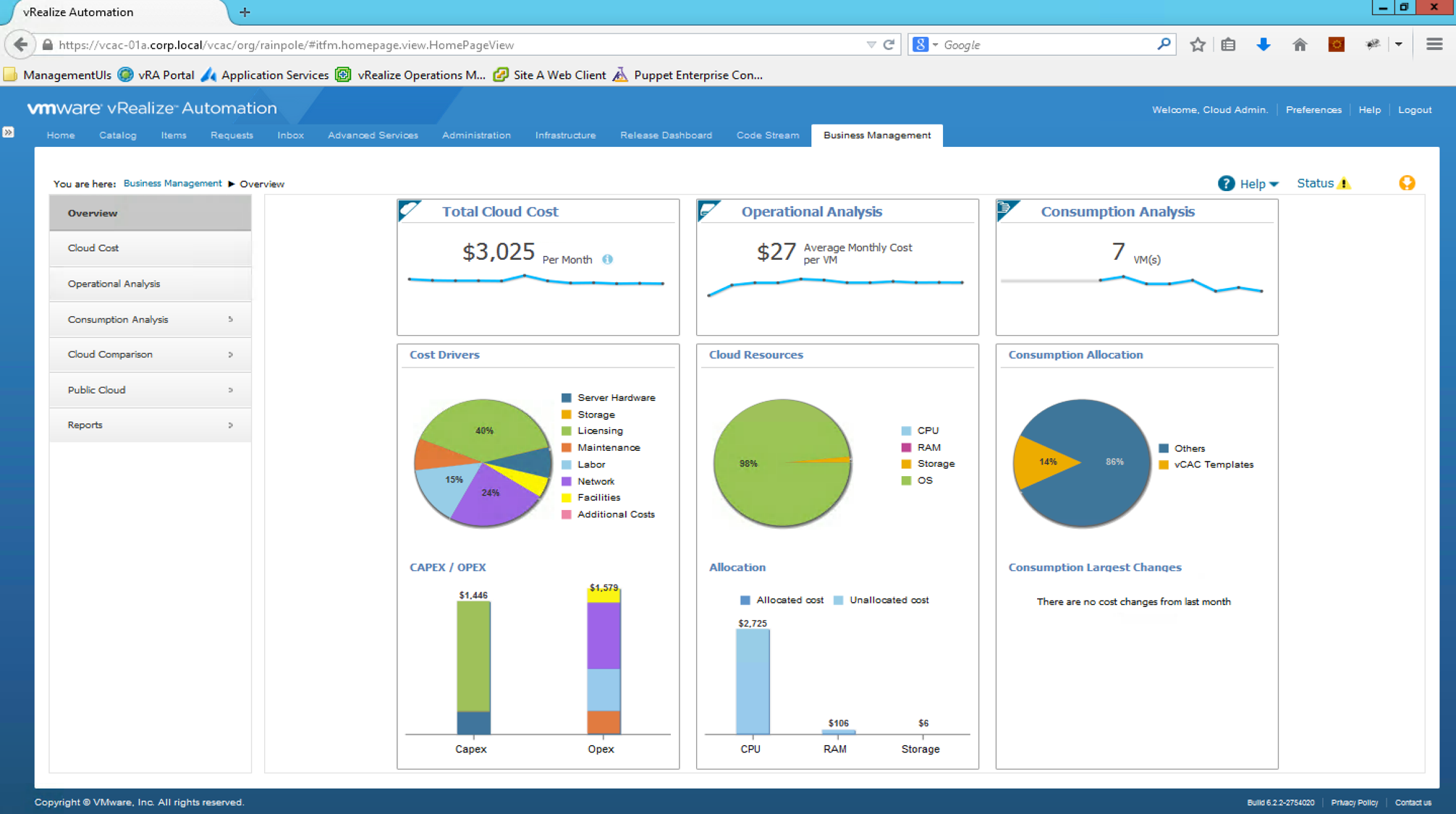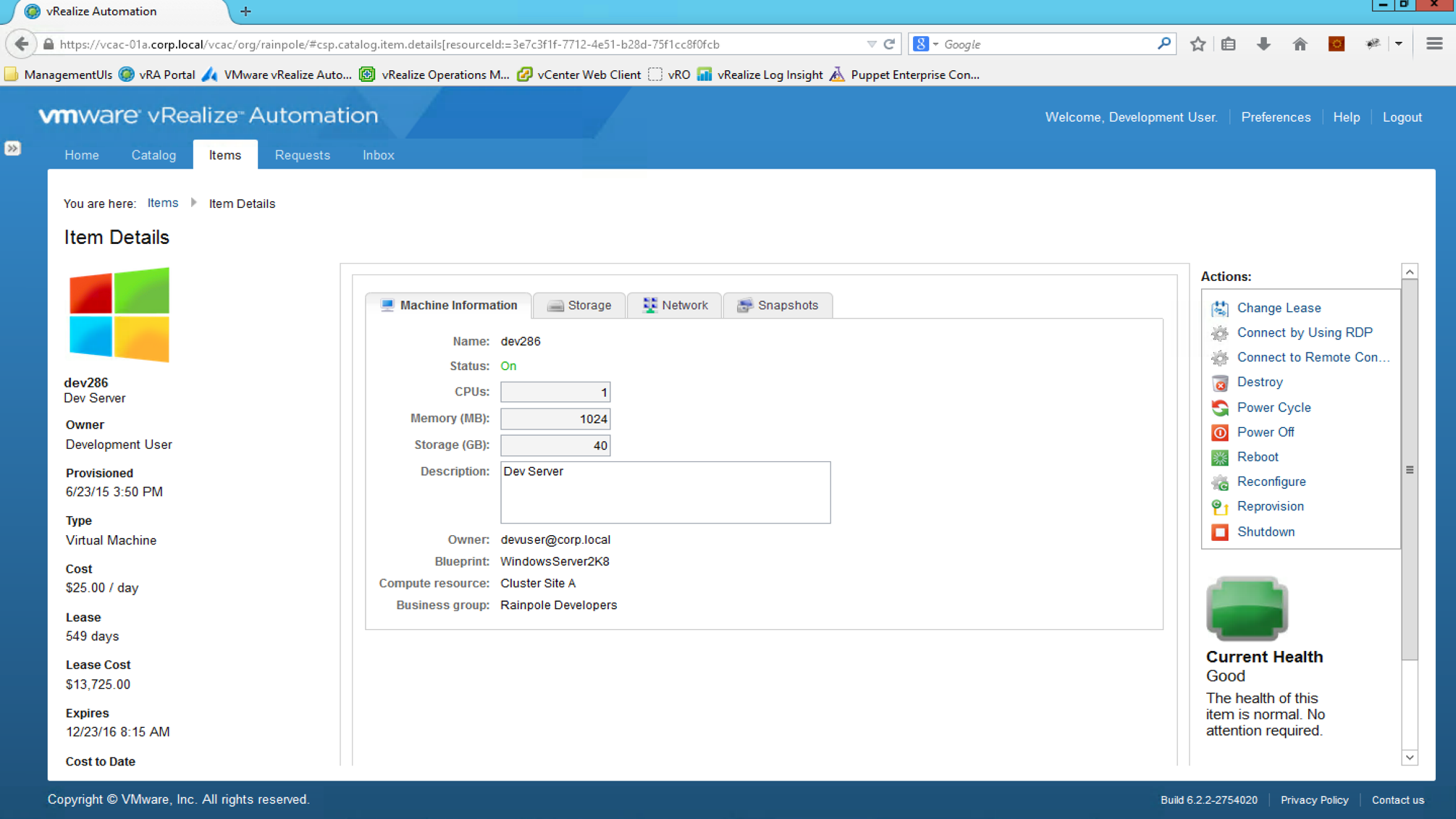If you are reading this your most likely a vSphere shop and have a high amount of virtual servers in your data center. As you know, you can quickly right click and spin up a new VM. However, the challenge is getting all of the infrastructure and integrations in place to hand that server off as a managed service to your developers or end users. Many organizations are now tasked with delivering end to end self service to allow developers and users a simple way to request and obtain infrastructure.
Disclaimer!
This post is to further educate you on the offerings available from VMware. It is based on my own personally research and experience. It is in no way a guarantee or promise that your results will match the content provided. Not all organizations are the same and it is up to you and your team to evaluate the solution that best meets you requirements.
So many choices! What to do?
There are a lot of solutions in the cloud management space. This post will not go into detail on all the solutions just the top two that come to mind when I speak to customers. In this post I will highlight what each solution offers, as well as some key differences. As well as some key requirements to think about when evaluating a cloud management solution.
Easy drag and drop canvas to create service blueprints

Out of the box cost and show back with vRealize Business Management
Health and operations with vRealize Operations integration
Key differences
Some pitfalls to be aware of:
- OpenStack is primarily attractive for developers that want an Amazon like API and don’t care about a UI or policy and governance. They are alos developing next generation resilient applications that follow an agile development flow (Spin up, test, tear down)
- Both OpenStack and vRealize Automation feature a RESTful API. In many cases vRA will meet their requirements and is much easier to deploy and manage.
- OpenStack is targeted to developers that interface with the API. It is not a good fit for an infrastructure automation solution that you want to front with your own homegrown portal or a third party system like ServiceNow. In this vase vRA is a much better fit and more widely adopted for that use case.
- OpenStack requires a different skill set and often requires organizations to hire specialists for this role. vRA (Originally DyanmicOPs) was built by vSphere admins for vSphere Admins.
The bottom Line
- VMware offers a choice of cloud management platforms and the one that you choose completely depends on your organization’s requirements.
– VMware Integrated OpenStack provides the ability to quickly deploy and maintain a robust OpenStack IaaS using your existing infrastructure and investments (Technology and People)
– vRealize Automation provides a full featured cloud management platform beyond just IaaS to also offer Hybrid cloud, extensibility and end to end lifecycle management.
